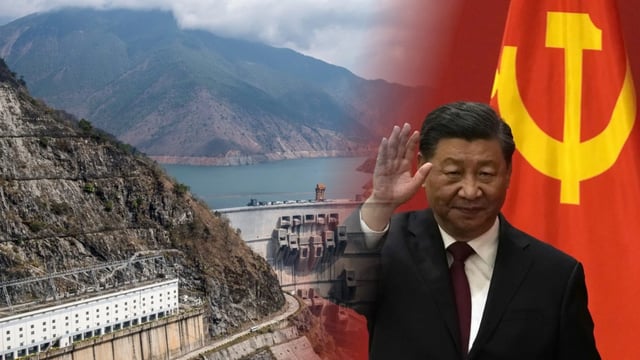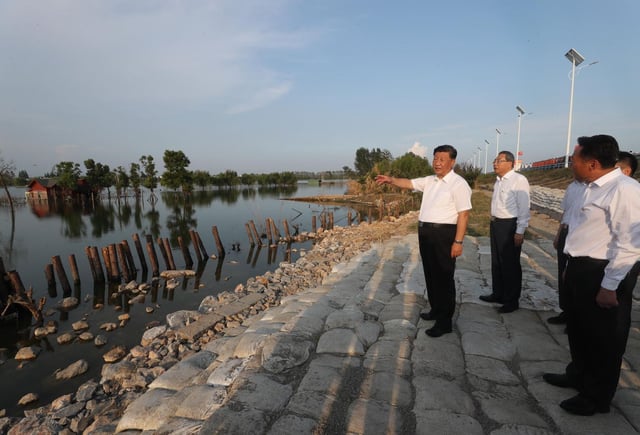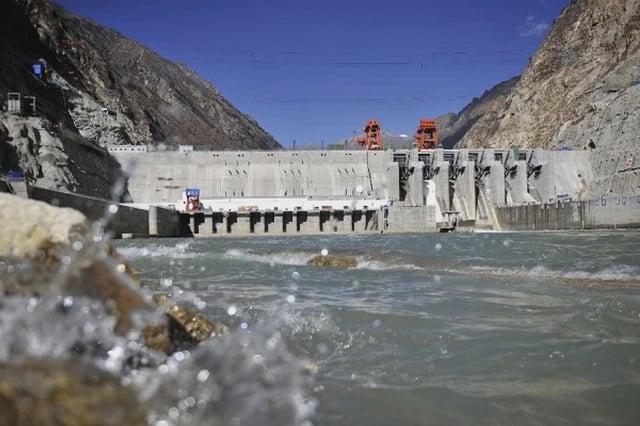Overview
- China has officially begun building a 60,000-megawatt hydropower complex on the Yarlung Tsangpo River under full state funding and plans for an ±800 kilovolt transmission line to Guangdong and Hong Kong.
- The project’s five cascade plants will require drilling multiple 20-kilometer tunnels and divert roughly half of the river’s flow, raising concerns over downstream water availability and ecological impacts.
- Engineered in Seismic Zone V within the fragile Himalayan gorge, experts warn of heightened risks of reservoir-induced earthquakes and potential structural failures.
- Responding to perceived threats, India has lodged formal diplomatic protests, expanded remote hydrological surveillance, and fast-tracked feasibility studies for its Upper Siang counterpart dam.
- With no binding water-sharing treaty between China and India and intermittent data sharing on river flows, downstream states demand transparency and enforceable cooperation on Brahmaputra management.



